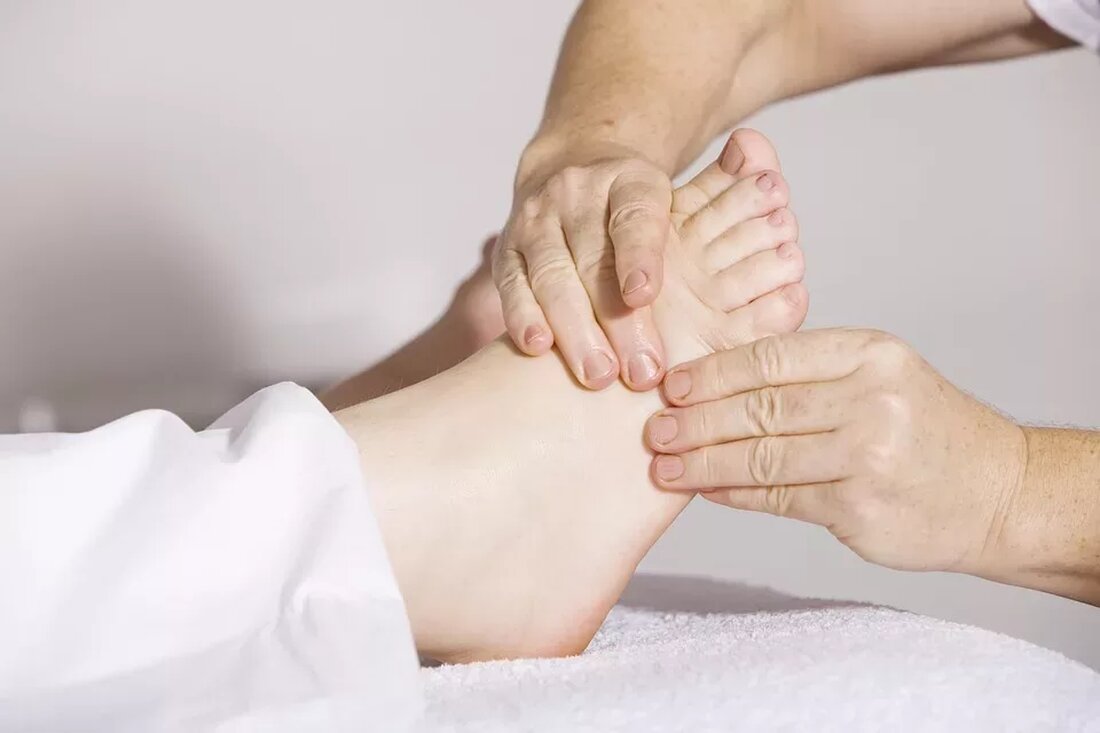Homeopathy: Plants in Potentiation
Homeopathy: Plants in Potentiation Homeopathy is an alternative medical treatment method based on the principle of the rule of similarity. The idea is that a substance that causes symptoms in healthy people can be used in very small doses to treat similar symptoms in sick people. Homeopathic remedies are made from various sources, including plants. In this article we will take a closer look at the use of plants in homeopathy. Potentiation in Homeopathy Potentiation is a key concept in homeopathy. It is the process of diluting and shaking a substance to...

Homeopathy: Plants in Potentiation
Homeopathy: Plants in Potentiation
Homeopathy is an alternative medical treatment method based on the principle of the rule of similars. The idea is that a substance that causes symptoms in healthy people can be used in very small doses to treat similar symptoms in sick people. Homeopathic remedies are made from various sources, including plants. In this article we will take a closer look at the use of plants in homeopathy.
Potentiation in homeopathy
Potentiation is a key concept in homeopathy. It is the process of diluting and shaking a substance to release its healing properties. When potentizing plants in homeopathy, plant raw materials are used that are extracted in alcohol or water. These extracts are then further processed through several dilution steps and vigorous shaking. The aim is to transfer the energy and information of the plant to the homeopathic remedy.
The selection of plants in homeopathy
In homeopathy, various plants are used to make homeopathic remedies. These plants are selected based on their medicinal uses, their effectiveness, and their similarity to the symptoms being treated. Homeopathic remedies are often made from plants already used in traditional medicine to treat similar ailments.
The preparation of homeopathic herbal remedies
The preparation of homeopathic herbal remedies takes place in several steps. First, the plant raw materials are extracted in alcohol or water to extract their healing properties. These extracts are then diluted and shaken to facilitate potentization. This process is repeated several times until the desired potency is achieved.
The potency information in homeopathy is represented in the form of letters and numbers. For example, “D” stands for decimal power and “C” stands for centesimal power. A potency of “D6” means that the starting substance was diluted 1:10 six times and shaken. The higher the potency, the stronger the homeopathic remedy is.
Homeopathic herbal remedies and their uses
There are many homeopathic remedies made from plants and each has its own uses. Here are some examples:
Arnica Montana (mountain welfare rental)
Arnica Montana is often used to treat injuries, bruises, and sore muscles. It may also be helpful for bruising and pain after surgical procedures. Arnica is often used in low potencies such as D3 or D6.
Belladonna (Belladonna)
Belladonna is used to treat fever, headaches, sore throats and inflammation. It can also be used for acute infections such as tonsillitis and sinus infections. Belladonna is often used in higher potencies such as D30 or C30.
Calendula (marigold)
Calendula is primarily used to treat skin injuries, burns, and wounds. It has antimicrobial and anti-inflammatory properties and can also be used for skin infections. Calendula is used in both low potencies and higher potencies.
Rhus Toxicodendron (Poisonous Seed)
Rhus Toxicodendron is used to treat joint pain, arthritis, back pain, and itching. It can also be helpful for muscle stiffness and strains. Rhus Toxicodendron is often used in medium potencies such as D12 or C12.
Safety and effectiveness of homeopathic herbal remedies
The safety and effectiveness of homeopathic herbal remedies are the subject of controversial discussions. Proponents of homeopathy argue that potentization aids the healing process, while critics claim that the dilutions are so high that no molecules of the original substance are present in the preparations and therefore cannot have any effect.
It is important to note that homeopathic remedies are classified as dietary supplements in many countries and have not undergone scientific verification of effectiveness or safety. It is therefore advisable to consult a qualified homeopath before using homeopathic herbal remedies.
Conclusion
Homeopathy uses plants in potency to produce homeopathic remedies. Plant selection is based on their medicinal uses and their similarity to the symptoms being treated. Potentiation is achieved by diluting and shaking the plant raw materials. There are many homeopathic herbal remedies that can be used to treat various ailments. However, the safety and effectiveness of these agents are controversial and continue to require research and discussion.

 Suche
Suche
 Mein Konto
Mein Konto
